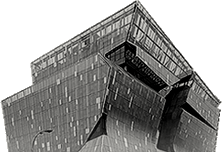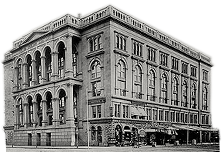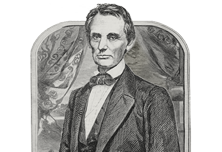Nima Javidi
Associate Professor Adjunct
Nima Javidi is a registered architect in Toronto and the 2021 Gwathmey Professor in Architecture at The Irwin S. Chanin School of Architecture of The Cooper Union, where he teaches and coordinates core design studios. Nima’s interest in design is the intersection of geometry, structure, and typology in architecture.
Nima is a founding principal at JA Architecture Studio, a Toronto-based practice that combines the rootedness of a local architecture firm with the broad interests of an international design studio. The firm’s work has been recognized and awarded in a range of international competitions from the Guggenheim Helsinki Museum, Bauhaus Museum in Dessau, and a Progressive Architecture Award, to three Awards of Excellence from Canadian Architect and two finalist designations for the Canadian Pavilion at the Venice Architecture Biennale.
Nima’s built work as part of JA operates at the threshold of architecture and urbanism, where the geometric reconfiguration of building typology is triggered by the conditions of urban morphology. The firm has introduced a series of architectural interventions of different uses along the urban voids within the West Queen West neighborhood in Toronto.
Javidi has a Master of Architecture degree from the University of Tehran and a Master of Urban Design from the University of Toronto. Prior to joining The Cooper Union Nima taught architecture design studios at the University of Toronto’s John H. Daniels Faculty of Architecture, Landscape and Design.
In 2020, JA's work was featured in One to One | 1:1, an exhibition in The Irwin S. Chanin School of Architecture's Third Floor Hallway Gallery. Images of the exhibition are available here.




